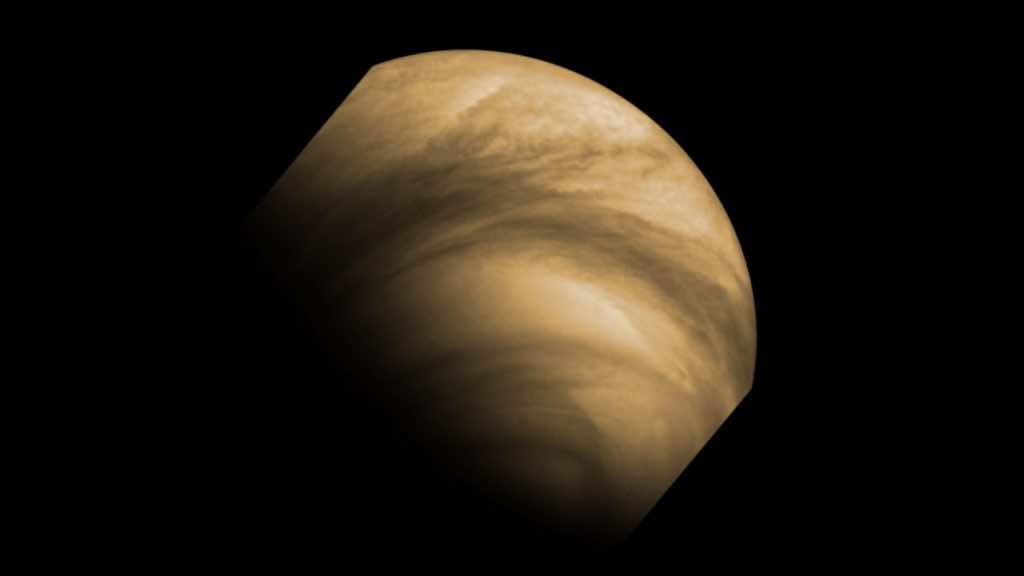A team of researchers from the University of Cambridge has gone through an in-depth analysis to explore the possibility of life on the clouds of Venus, but the results reveal that there were no signs related to any kind of species encapsulating life on Venus. A lot of scientists have hypothesized the presence of life on Venus before. In particular, in 2020, researchers claimed that phosphine gas was found in the clouds of Venus. This possibility was also explained by the biophysicist Harold Morowitz and the astronomer Carl Sagan back in 1967. However, the recent analysis depicts something completely opposite to these speculations.
The occurrence of sulfur from the compound sulfur dioxide is found in certain specific quantities on Venus. It is present in great quantity at the lower altitudes of Venus and is very rare at higher altitudes. Based on these facts, scientists have recently explained that if life was present in the clouds of Venus, then those might contain some traces of “sulfur-based metabolism”. But they haven’t found any such signs there.
Paul Rimmer, an astronomer and a chemist from the University of Cambridge, said that “We’ve spent the past two years trying to explain the weird sulfur chemistry we see in the clouds of Venus. Life is pretty good at weird chemistry, so we’ve been studying whether there’s a way to make life a potential explanation for what we see.”
The presence of life on any planet is responsible for inhaling different elements from the atmosphere and exhaling those certain elements into it. This is exactly similar to what happens on Earth. We inhale oxygen and exhale carbon dioxide into the atmosphere, which is a vital component for the growth of plants and trees. On the other hand, Venus is very rich in sulfur compounds, with concentrations 100,000 times higher than those present in Earth’s atmosphere.
According to Jordan, “We looked at the sulfur-based ‘food’ available in the Venusian atmosphere—it’s not anything you or I would want to eat, but it is the main available energy source. If that food is being consumed by life, we should see evidence of that through specific chemicals being lost and gained in the atmosphere.”
Moreover, scientists are still confused about the lack of sulfur dioxide from the upper atmosphere of Venus, but according to them, there might be a possibility of the existence of an “unknown metabolism” that hasn’t been discovered by humans yet. Also, according to the research, the presence of sulfur metabolizing life on Venus is responsible for the depletion of sulfur dioxide on Venus, but as Jordan says,
“If life was responsible for the SO2 levels we see on Venus, it would also break everything we know about Venus’s atmospheric chemistry. We wanted life to be a potential explanation, but when we ran the models, it wasn’t a viable solution. But if life isn’t responsible for what we see on Venus, it’s still a problem to be solved – there’s lots of strange chemistry to follow up on.”

